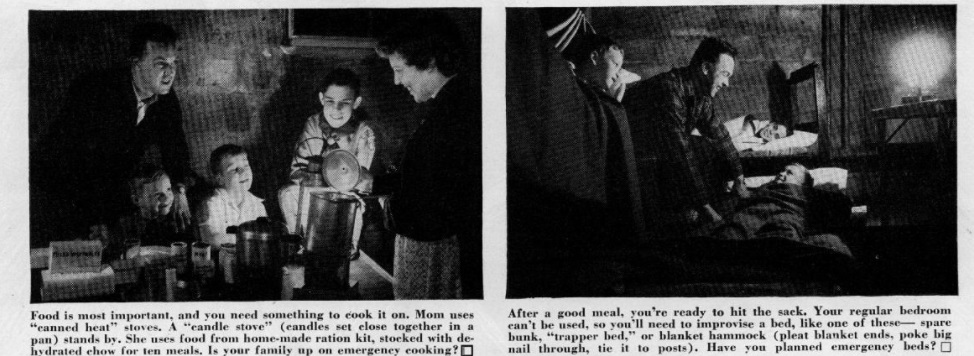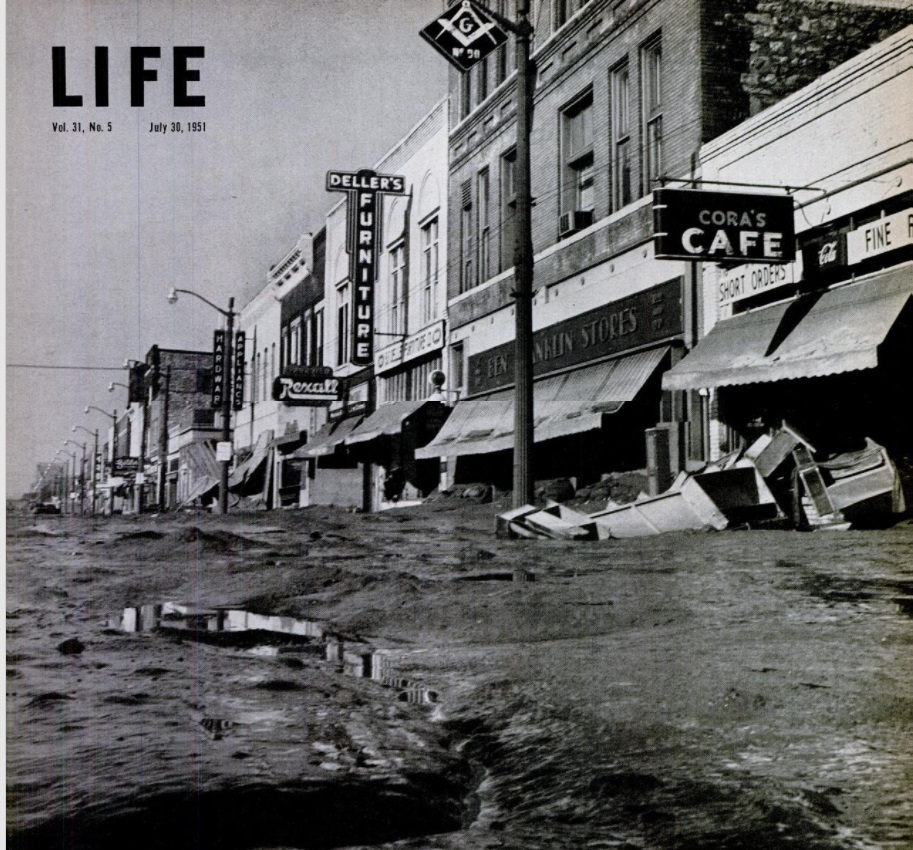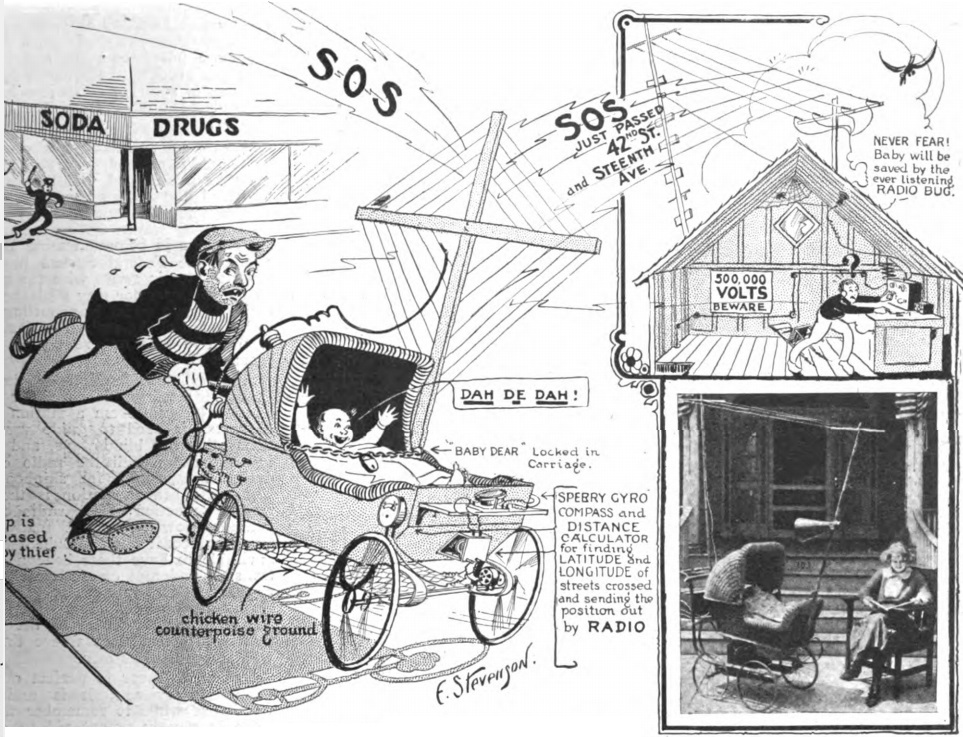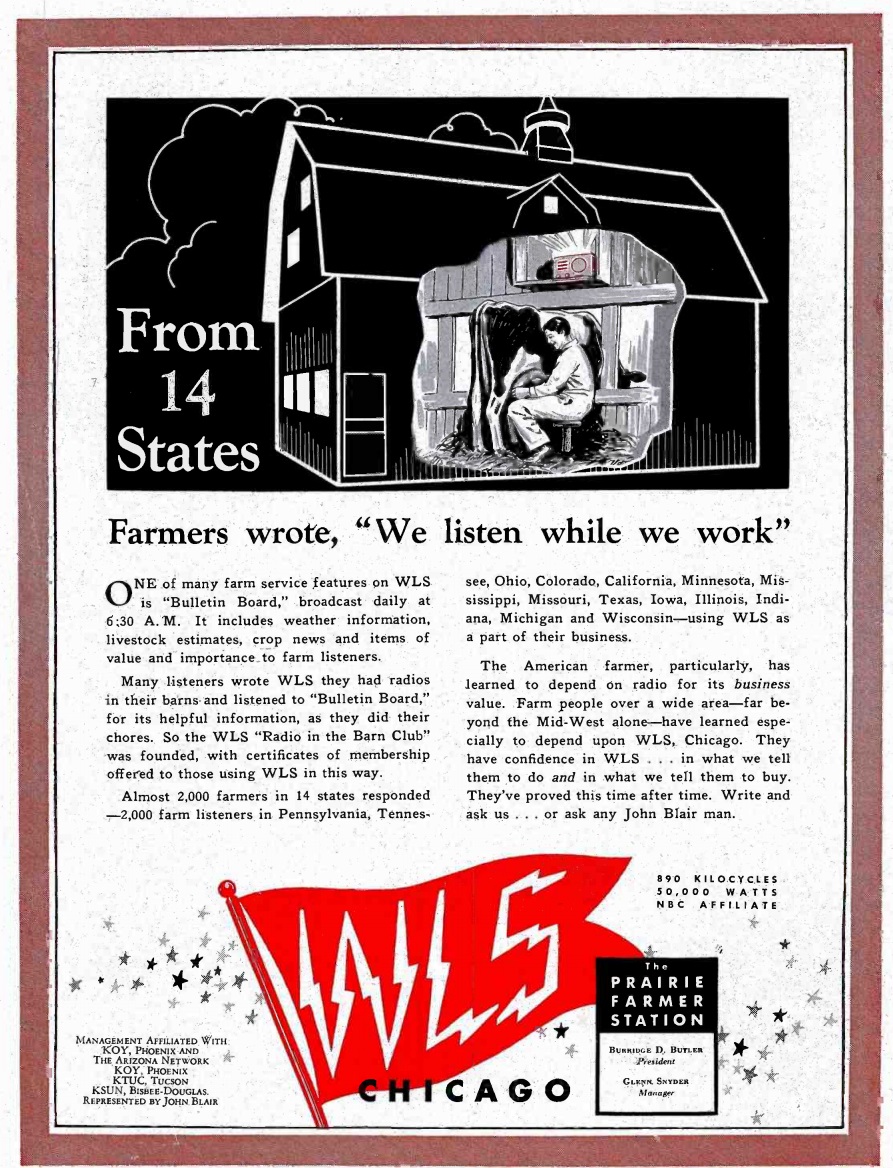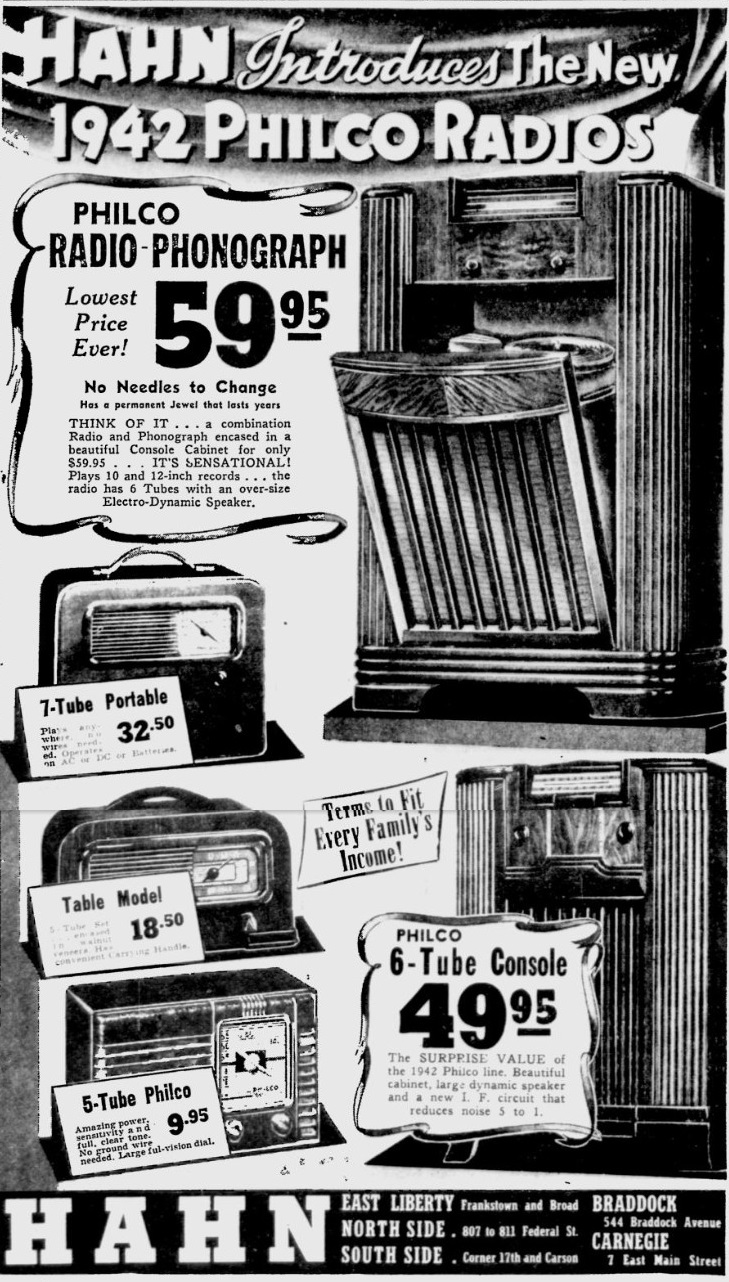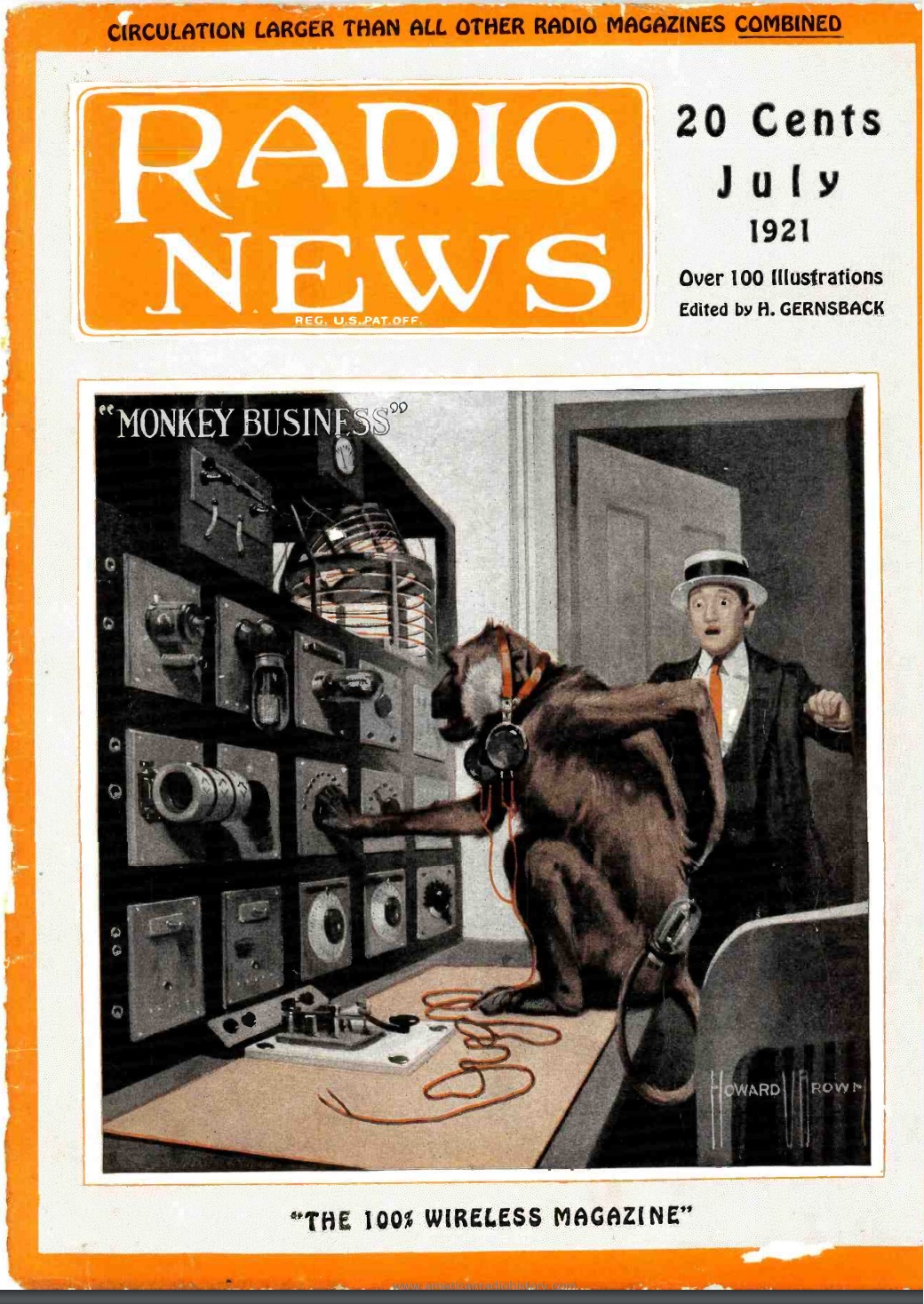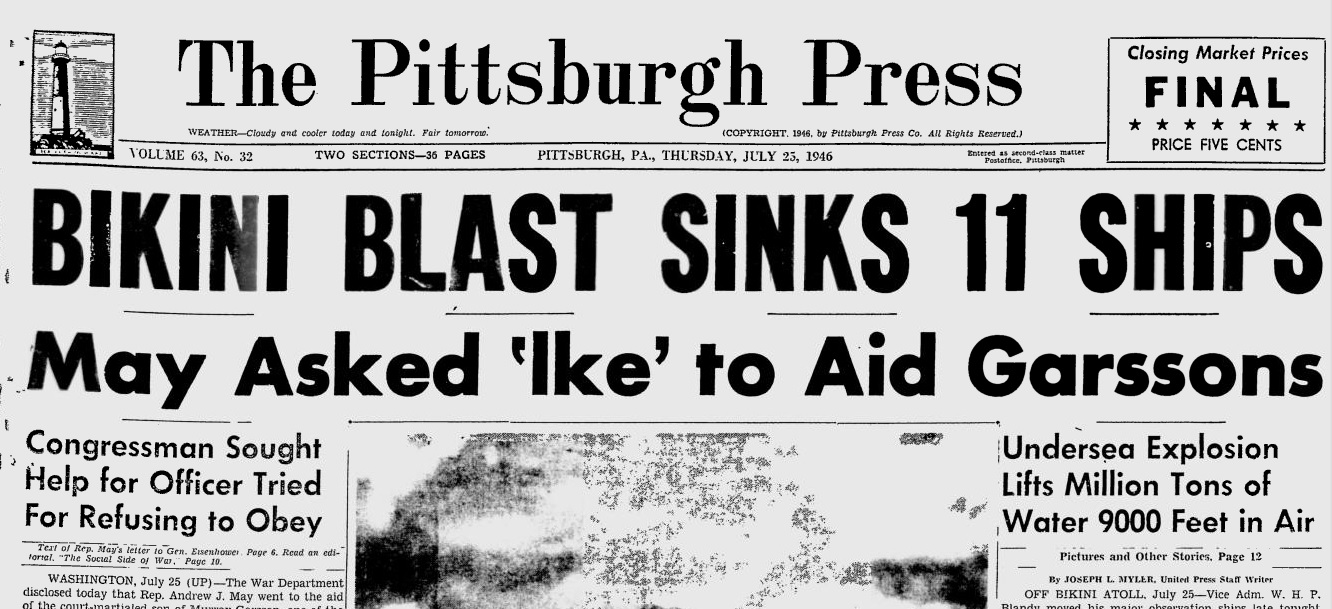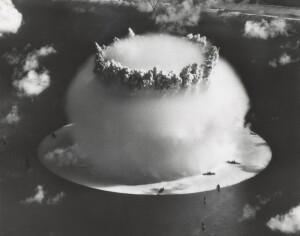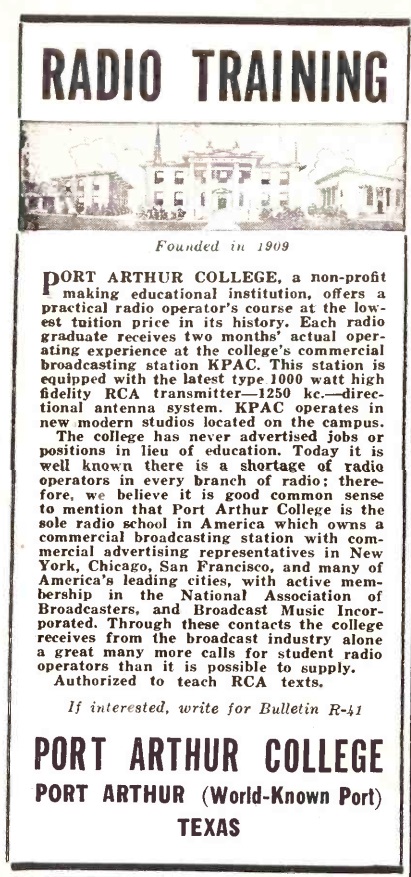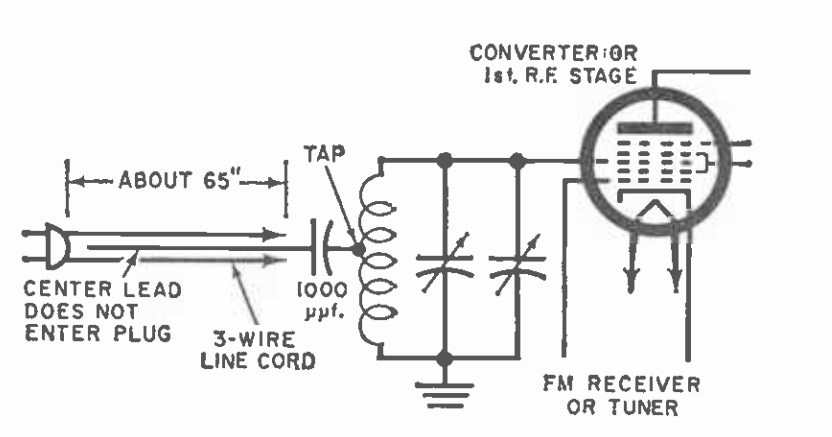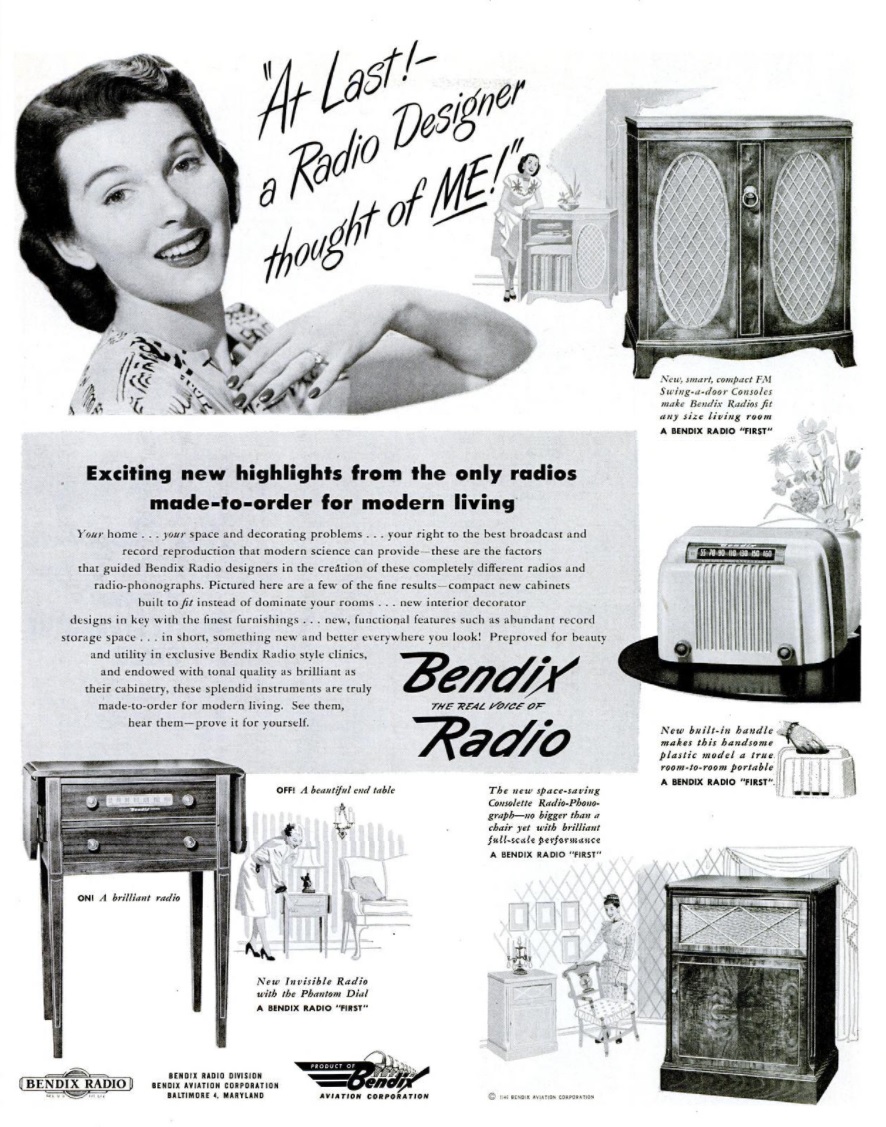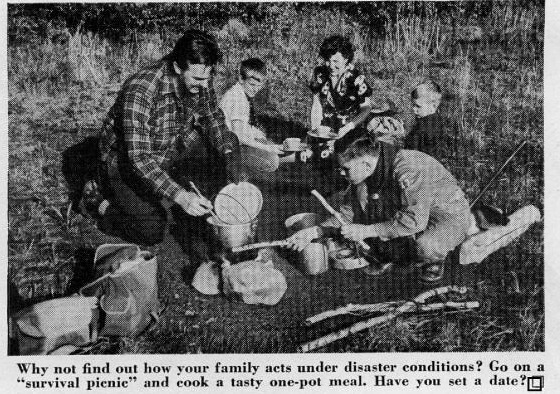 The July 1951 issue of Boys’ Life carried some pointers for Scouts to help prepare their families for disasters, such as storm, flood, fire, or even enemy attack. One of the ideas is shown above: The family can schedule a “survival picnic” where they will grab their survival rations and head out to the countryside where they turn it into a tasty meal.
The July 1951 issue of Boys’ Life carried some pointers for Scouts to help prepare their families for disasters, such as storm, flood, fire, or even enemy attack. One of the ideas is shown above: The family can schedule a “survival picnic” where they will grab their survival rations and head out to the countryside where they turn it into a tasty meal.
Other pointers are shown below. The family should be prepared for emergency cooking, and emergency beds “if your regular bedroom can’t be used.” The beds were simplicity themselves: Pleated blankets were simply affixed to posts with big nails.
The survival picnic doesn’t sound like a bad idea. Maybe we’ll need to break out the car survival kit and make an expedient meal with it using the emergency stove.

